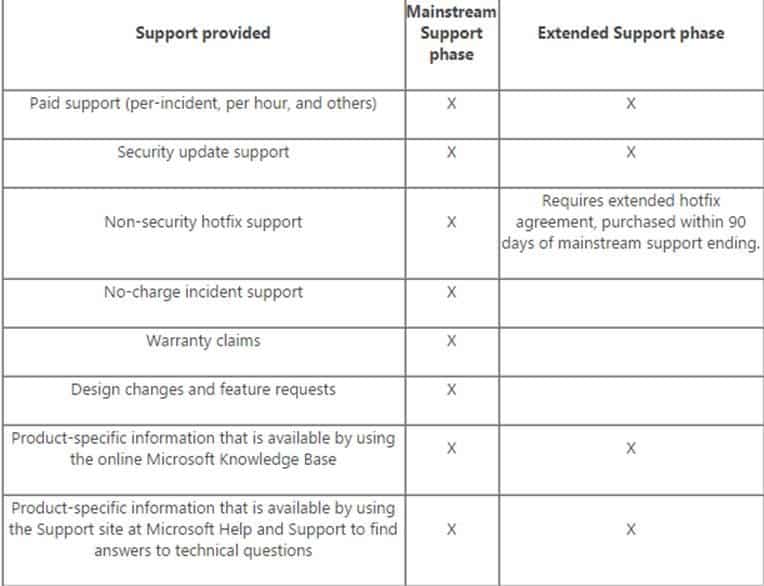
While the end of life (EoL) for Windows Server 2003 extended support has been dominating the news, it’s important to know that Windows Server 2008 mainstream support ends in January of 2015.
There is a difference between these two: 2003 will no longer get ANY updates, security or otherwise, whereas 2008 is crossing from any and all updates, hotfixes, etc. to only getting security updates moving forward. Windows 2008 won’t hit end of extended support until January 14 of 2020. What most people don’t realize is that this doesn’t just apply to Windows 2008. It also includes Windows Server 2008 R2.
What that really means is that servers running either Windows 2008 or Windows 2008 R2 will no longer get any updates at all except security updates. This is important to bear in mind for those who are thinking of upgrading from Windows 2003 — we recommend going for Windows 2012 R2.
It’s always the best option (if you’re able) to upgrade to the latest version simply because it gives you more time before Microsoft’s EoL, and Microsoft focuses most of its update efforts on the latest OS. You also have more time until you are forced to do another OS upgrade. While 2008/2008 R2 still seem fairly recent, it’s important to remember that they are six and four years old, respectively. If most people started talking to a vendor about their product and the vendor threw out a six-year-old option for a new install, they would be thrown out.
For those who are using Windows Server 2008, it isn’t too early to start thinking about an upgrade to 2012. While you’ve got until 2020 for security update support, Windows Server 2012 has a variety of new and improved features.
Learn more from Andy’s blog series on Windows Server 2012.